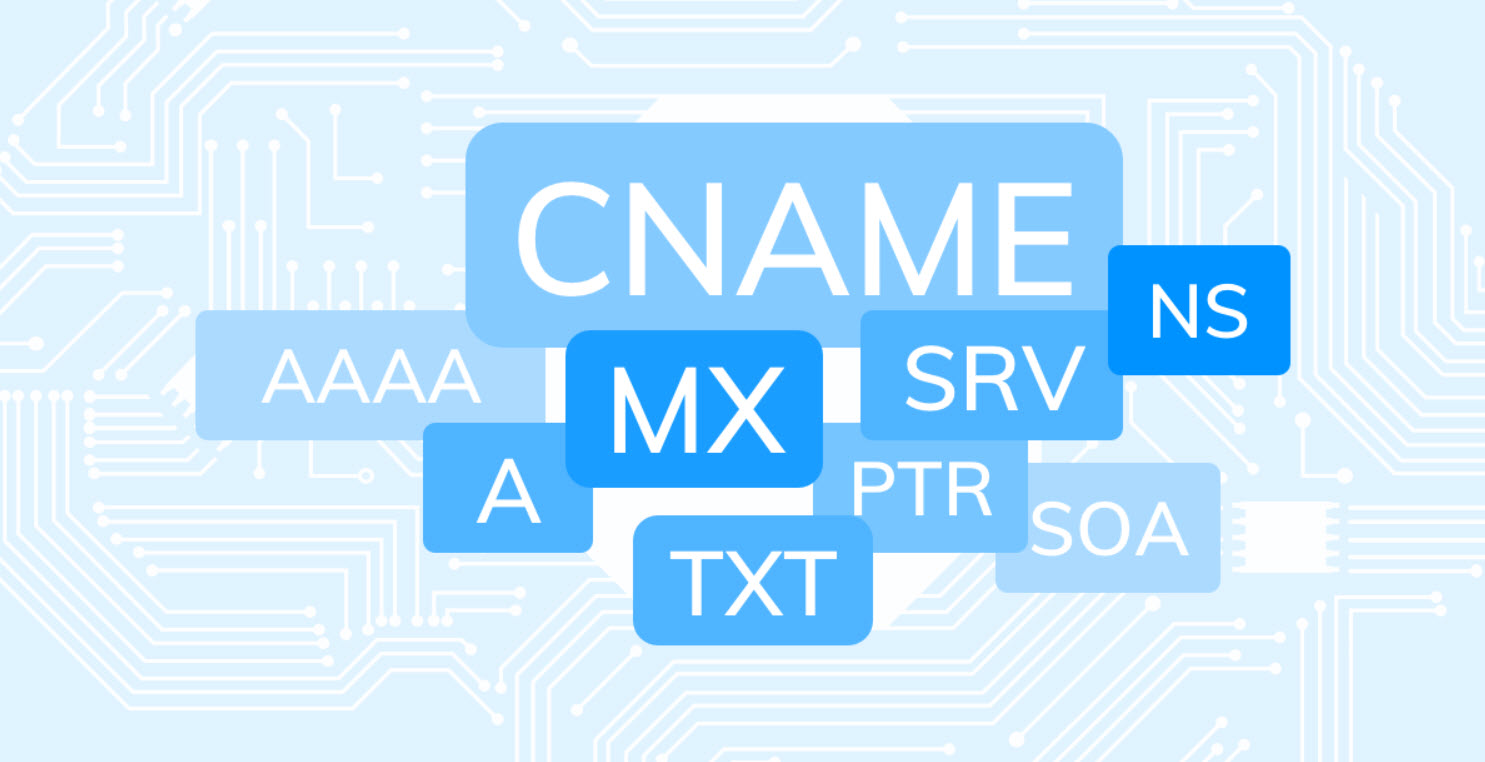
Security is a state in which we ensure a proper gap between the threats and assets of an organization. We try to either move assets far away from threats or we try to somehow apply good security controls in between the two. When we talk about Security, we have to focus on both Application and Operating System. However OS itself is quite stable and less probe to attacks, i.e. you will get with some hard time getting a serious attack vector.
Kali Linux is a Linux penetration testing and security auditing Linux distribution. After its release in March 2013, Kali Linux has quickly become the new favourite among Pen Testers worldwide as their choice for the Pen testing OS. Replacing its predecessor Backtrack, Kali incorporated several new features and looks quite promising.
Today we’ll discuss the Gloom-Framework which is a Linux Penetration Testing Framework and was written in Python. The windows version is not available yet and is only meant for Linux distributions.
Installation of Gloom Framework in Kali Linux –
To download Gloom Framework, type “git clone https://github.com/joshDelta/Gloom-Framework.git”

After that you need to install this tool by typing “python install.py”

To run the framework, type “sudo python gloom.py”

To view all options, type “help” in command line terminal which shows you all options and commands for this framework.

- admin_panel_finder :: Find Website Admin Panels
- ip_geolocation :: Geolocate an IP Address
- web_whois :: Gather WHOIS Information on a Target
- discover_lan_devices :: Detect Users/Devices on LAN
- website_ip_resolver :: Get IP Address of Website
- payload_generator :: Generate Windows Payload
- wifi_jammer :: Wireless Deauthentication Attack
- listener :: Listen For Connections on Network
- waf_scanning :: Scan for Website Firewall
- port_scanner :: Scan for Open Ports
Suppose if you want to use Website IP Resolver then the command is “website_ip_resolver” which will gives you the public IP of that website in just 1-2 seconds.

- Top 6 Advanced Techniques in Penetration Testing
- Top 4 Advanced Metasploit Techniques for Penetration Testers
- Exploit Writing for Beginners – A Step-by-Step Guide
- 15 Essential Windows Command Prompt Commands for Everyday Use
- Most Common DNS Record Types and Their Roles
- Top Skills Needed to Become a Cybersecurity Analyst
- Mastering Windows Management with WMIC Commands – Top 20 Examples
- Edit and Compile Code with the Best 5 Code Editors
- 50+ Top DevSecOps Tools You Need To Know
- Learn How to Add Proxy and Multiple Accounts in MoreLogin








